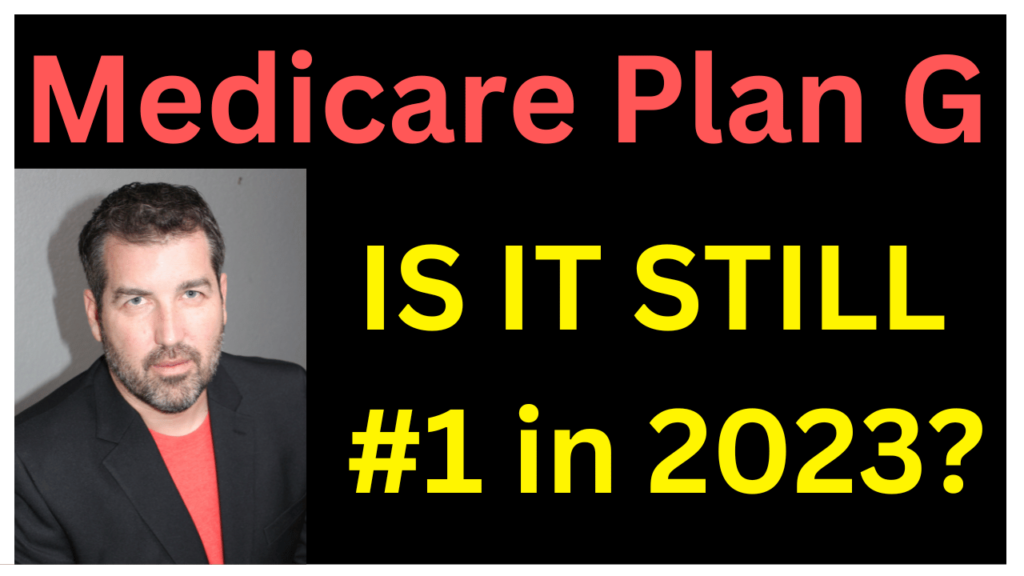Hey there, healthcare professionals! Are you scratching your head over Medicare shadow billing? Don’t worry, you’re not alone. This complex aspect of medical billing can be a real head-scratcher, but we’re here to break it down for you in simple terms. Let’s dive into the world of Medicare shadow billing and uncover why it’s so important for your practice.
What is Medicare Shadow Billing?
First things first, let’s demystify this term. Medicare shadow billing is a process where healthcare providers submit claims to Medicare for services provided to patients enrolled in certain Medicare Advantage plans, even though they won’t receive direct payment from Medicare for these claims.
Think of it as sending a “shadow” of your claim to Medicare. You’re not expecting payment, but you’re keeping Medicare in the loop about the services you’re providing. It’s like telling your mom what you had for dinner even though you’re a grown-up living on your own – she’s not cooking for you anymore, but she still wants to know!
Why is Medicare Shadow Billing Necessary?
You might be wondering, “If I’m not getting paid, why bother?” Great question! There are several important reasons:
- Data Collection: Medicare uses this information to track healthcare trends and costs. It’s like contributing to a massive healthcare database.
- Quality Control: It helps Medicare ensure that Medicare Advantage plans are providing adequate coverage and services.
- Future Planning: The data collected through shadow billing helps shape future Medicare policies and reimbursement rates.
- Compliance: In many cases, it’s required by law or contract. It’s not just busywork – it’s a legal obligation!
How Does Medicare Shadow Billing Work?
Alright, let’s break down the process:
- Provide Service: You treat a patient enrolled in a Medicare Advantage plan.
- Submit Claim to Medicare Advantage Plan: You bill the Medicare Advantage plan directly for the service.
- Create Shadow Bill: You create a duplicate claim, or “shadow bill,” for Medicare.
- Submit Shadow Bill: You send this shadow bill to Medicare, usually through your regular Medicare Administrative Contractor (MAC).
- Processing: Medicare processes the shadow bill but doesn’t issue payment.
It’s like sending a copy of your restaurant receipt to your accountant. They’re not paying for your meal, but they need to know about it for their records.
Key Differences Between Regular Medicare Billing and Shadow Billing
Understanding the differences is crucial:
- Payment Expectation: With regular Medicare billing, you expect payment. With shadow billing, you don’t.
- Claim Processing: Regular claims go through full adjudication. Shadow bills are processed but not paid.
- Purpose: Regular billing is for reimbursement. Shadow billing is primarily for data collection and oversight.
Common Challenges in Medicare Shadow Billing
Let’s face it, shadow billing isn’t always a walk in the park. Here are some common hurdles:
- Duplicate Claim Errors: Sometimes, shadow bills are mistakenly processed as regular claims, leading to overpayments and administrative headaches.
- Software Limitations: Not all billing software is equipped to handle shadow billing efficiently.
- Resource Intensive: Creating and submitting shadow bills requires time and effort, without direct financial return.
- Compliance Risks: Failure to submit required shadow bills can lead to compliance issues.
Best Practices for Effective Medicare Shadow Billing
Don’t worry, we’ve got your back. Here are some tips to make shadow billing smoother:
- Use Specialized Software: Invest in billing software that supports shadow billing. It’s like having a good GPS for a road trip – it makes the journey much easier!
- Train Your Staff: Make sure your billing team understands the ins and outs of shadow billing. Knowledge is power!
- Implement Quality Checks: Regularly audit your shadow billing process to catch and correct errors early.
- Stay Updated: Keep abreast of changes in Medicare regulations and shadow billing requirements. The healthcare landscape is always evolving!
- Maintain Accurate Records: Good record-keeping is crucial for both compliance and potential audits.
The Future of Medicare Shadow Billing
As healthcare continues to evolve, so does shadow billing. Here are some trends to watch:
- Increased Automation: We’re likely to see more advanced software solutions that streamline the shadow billing process.
- Data Analytics: Expect more sophisticated use of shadow billing data for healthcare trend analysis and policy-making.
- Potential Policy Changes: As the healthcare system evolves, there may be changes to shadow billing requirements and processes.
Conclusion
Medicare shadow billing might seem like a complex beast, but it’s an important part of the healthcare ecosystem. By understanding its purpose and implementing best practices, you can turn this administrative task into a valuable part of your billing process. Remember, you’re not just pushing paper – you’re contributing to the bigger picture of healthcare in America!



